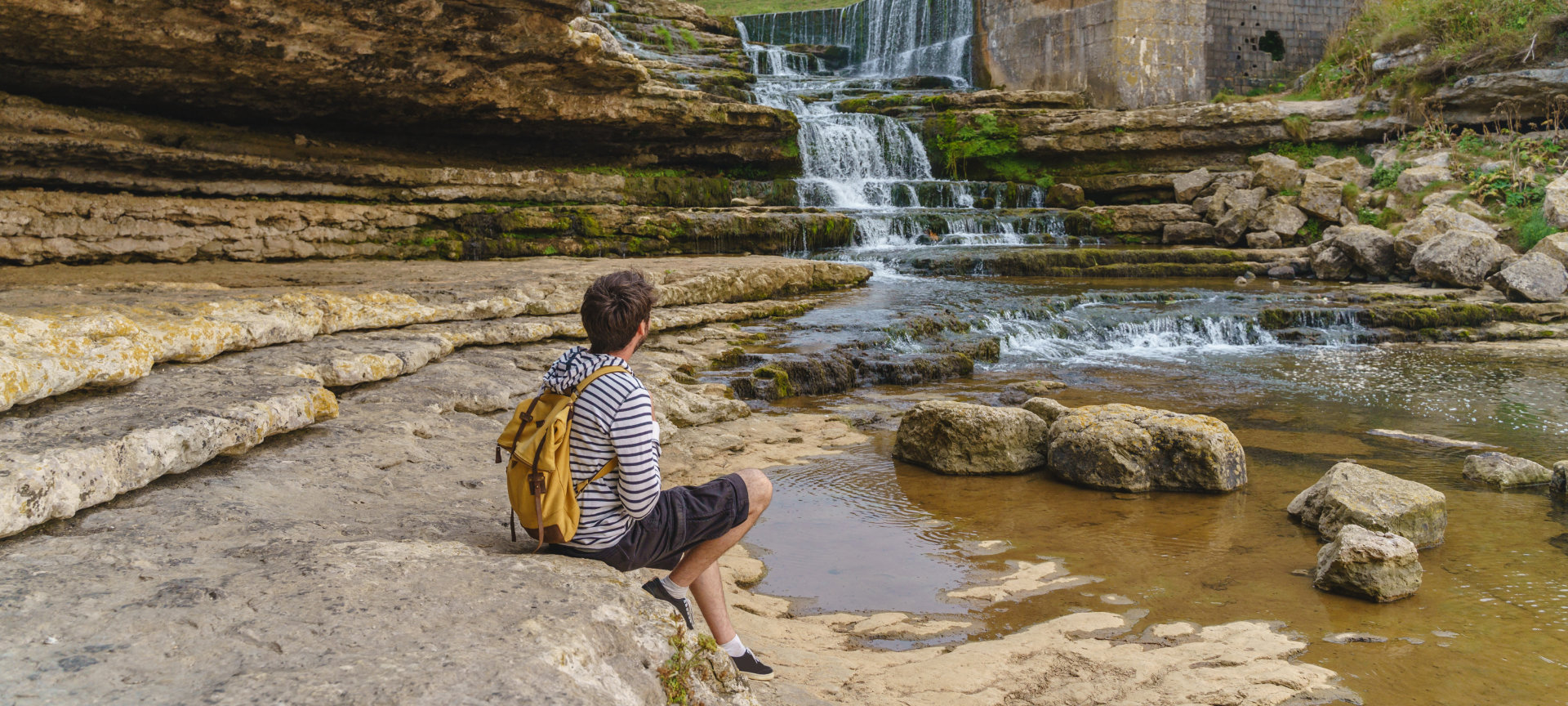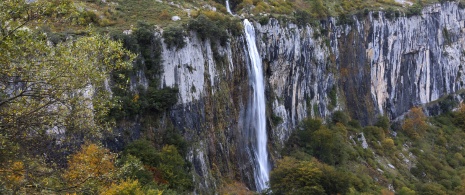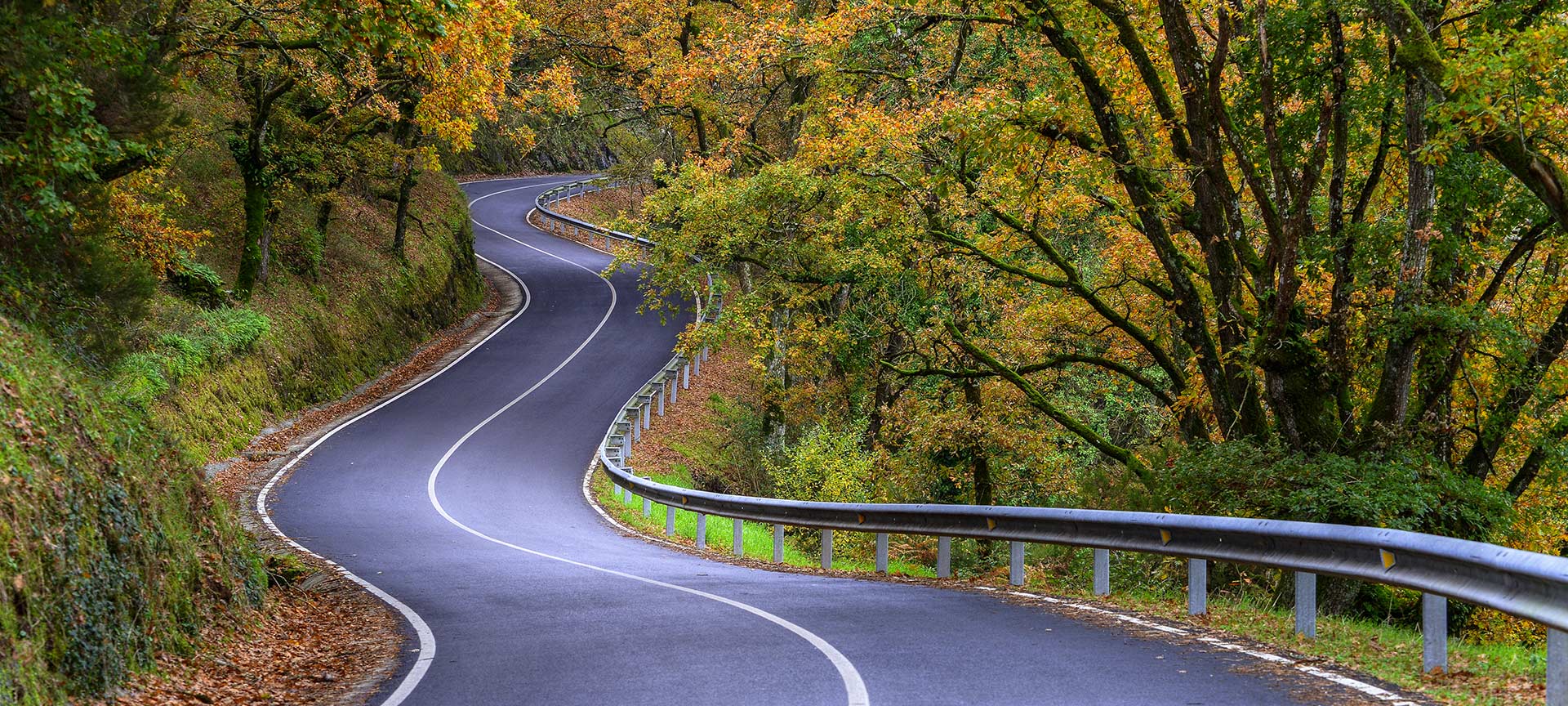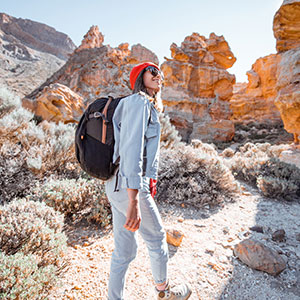
The topography of the region is what makes Cantabria such a special place. It’s criss-crossed by countless rivers that over the passage of time have transformed the landscape, creating valleys, gullies, canyons and waterfalls that can be enjoyed all year round. Here are a few examples:
Debe activar Javascript para poder utilizar este servicio
-
The Tobazo Waterfall Route
This 14-kilometre long circular route in the south of Cantabria starts out at the village of Orbaneja del Castillo in Burgos. It’s full of contrasts, but the star of this particular show is the Tobazo waterfall, located right by an unusual chapel cut into the rock.After leaving the village take the path to Los Chozos, which will lead you to Villaescusa del Ebro. It’s on the way back to Orbaneja del Castillo that you’ll find the turn-off to the waterfall, clearly signposted. Walking along by the River Ebro, about a kilometre on from the signpost you’ll find an imposing waterfall rising 100 metres above the river. On a sunny day there’s nothing better than relaxing in the cool shade of the rock chapel, and listening to the sound of the water cascading down.To complete the route, take the path you were previously on, and follow the fourth stage of the dreamily beautiful GR-99 trail.This route is an easy one, and takes around 4 hours.
-

The Cailagua Route Source of the river Asón
For many, this is the most photogenic of all Cantabria’s waterfalls. To reach the Cailagua waterfall you need to start out from the village of Asón, taking a 9-kilometre-long circular trail that takes about three hours.After leaving Los Collados and the restored San Antonio district behind, you’ll find yourself in a greener, leafier world, surrounded by oak, beech and ancient chestnut trees on a path running parallel to the river.Further on there’s a fork in the path, and here you can either continue to follow the river bank, or alternatively cross the river using the stepping stones.Both paths will lead you to the spectacular waterfall that plunges down more than 70 meters, and never fails to impress.This is an ideal route to do with children, just be sure to take care if you’re going in the rainy season.
-
The Lamiña Waterfalls Route Valle de Cabuérniga
The Cabuérniga valley is located at the heart of Saja-Besaya Natural Park. The path to the Lamiña waterfalls is great for walking with small children, and for enjoying a spectacular natural landscape. This is a 9-kilometre circular route that can be completed in around three hours.It’s a good idea to start out from the upper part of Barcenillas, where you can park your car. From here the path takes you to the neighbouring village of Lamiña, famous for its San Fructuoso chapel and traditional style architecture that has been preserved for almost 300 hundred years.Three kilometres further on you’ll find the El Hoyo stream. After another 800 metres, you need to leave the trail and go down a path that leads to the Barcenillas stream, where you’ll find the waterfalls.If you’re doing this route in the summer, don’t forget to pop a swimming costume in your backpack so that you can enjoy a refreshing dip.When you’re ready to go back, you can either follow the same path you took to get to the waterfalls, or you take the short but very steep path next to the upper waterfall, which will lead you back to the El Hoyo stream, and further on take the right-hand path to Barcenillas.
-
The Bolao Waterfall Route
This one is special - here the waters plunge down a cliff into the Cantabrian Sea. It’s a circular route just 4 kilometres long that starts at the church of San Felices de Mies (Cóbreces), and is very easy as it runs through green meadows where cows and horses peacefully graze. You’ll be able to see the cliffs of Toñanes, but do take care at high tide or when it’s very windy when it can be dangerous to venture too close to the edge. Once you reach the foot of the Bolao waterfall, you’ll find a highly unusual natural spectacle.The return path is clearly signposted, and will take you back to Cóbreces, where we recommend visiting the Cistercian Abbey of Santa María de Viaceli, and trying the famous cheeses that are made there.
Travel plans for inspiring you






